Home>Articles>How To Stop Pans From Sliding On Glass Top Stove
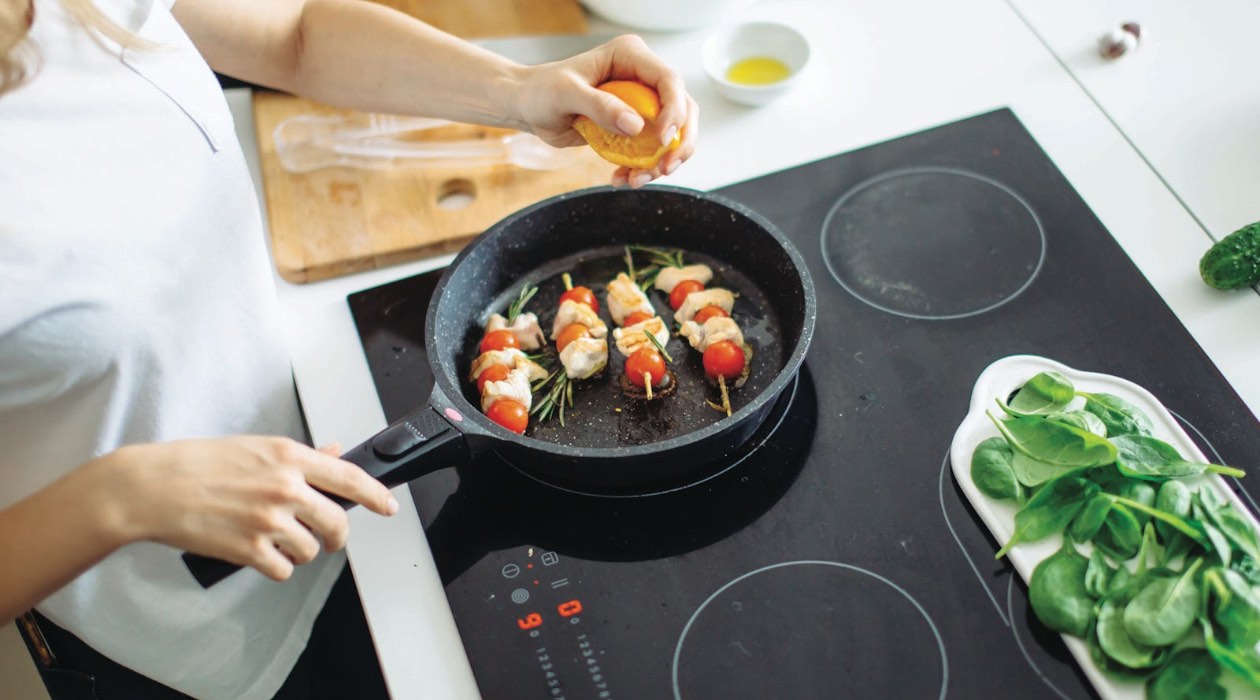

Articles
How To Stop Pans From Sliding On Glass Top Stove
Modified: January 5, 2024
Prevent your pans from sliding on your glass top stove with these helpful articles. Find out how to keep your cooking experience safe and enjoyable.
(Many of the links in this article redirect to a specific reviewed product. Your purchase of these products through affiliate links helps to generate commission for Storables.com, at no extra cost. Learn more)
Introduction
Having a glass top stove can be a sleek and modern addition to your kitchen. These stoves offer a smooth and easy-to-clean cooking surface, making them a popular choice for many homeowners. However, one common problem that can arise when using a glass top stove is the issue of pans sliding around during cooking.
This frustrating problem not only poses a risk of accidental spills and messes but can also affect the quality of your cooking. Uneven heat distribution and instability can result in unevenly cooked food and potential damage to your stove. Fortunately, there are several practical solutions to prevent pans from sliding on glass top stoves, ensuring a safer and more enjoyable cooking experience.
In this article, we will dive into the common problems associated with pans sliding on glass top stoves, discuss the importance of preventing this issue, and provide you with effective tips on how to keep your pans stable and secure while cooking.
Key Takeaways:
- Prevent pans from sliding on glass top stoves to ensure safety, even heat distribution, and a better cooking experience. Use non-slip mats, flat-bottomed pans, and appropriate heat settings for stability.
- Consider cookware with heavy bottoms, textured bases, and silicone handles to enhance stability on glass top stoves. Avoid oversized pans and utilize the burner selectively for a secure cooking environment.
Read more: How To Stop Recliner From Sliding
Common Problems with Pans Sliding on Glass Top Stoves
When pans slide on a glass top stove, it can be a frustrating and potentially dangerous situation. Here are some of the common problems that arise when pans are not securely placed on the stove:
- Instability: Pans that are not stable on a glass top stove can wobble and move around while cooking. This can result in uneven heat distribution, leading to poorly cooked food.
- Spillage and mess: The movement of pans can cause ingredients to spill over the sides, creating a mess on the stove’s surface. This not only adds to the cleanup time but can also pose a safety hazard if hot liquids or oils come into contact with your skin.
- Potential damage to the stove: If pans continuously slide across the glass surface, they can cause scratches or cracks. These damages are not only unsightly but can also affect the functionality and longevity of your stove.
- Unsafe cooking conditions: Unstable pans can increase the risk of accidents in the kitchen. For example, a pan that slides off the stove while you’re stirring or flipping food can lead to burns or injuries.
These problems highlight the importance of finding ways to keep your pans securely in place on a glass top stove. By taking preventative measures, you can ensure a safer and more efficient cooking experience.
Why Preventing Pans from Sliding is Important
Preventing pans from sliding on a glass top stove is more than just a matter of convenience; it is essential for several reasons:
- Safety: When pans are not stable, there is an increased risk of accidents. Unsteady pans can lead to spills, which can cause burns or other injuries. By keeping your pans securely in place, you minimize the risk of accidents and create a safer cooking environment.
- Even Heat Distribution: Pans that slide around on a glass top stove may not make proper contact with the heating surface. This can result in uneven heat distribution, leading to food that is undercooked or burned in certain areas. Preventing pans from sliding ensures that heat is distributed evenly, promoting consistent and well-cooked meals.
- Protection for the Stove: Glass top stoves are susceptible to scratches and cracks. When pans slide across the surface, they can cause damage, which not only affects the stove’s appearance but also its functionality. By preventing pans from sliding, you protect the integrity of your stove and extend its lifespan.
- Better Cooking Experience: Cooking is an art, and a stable cooking surface allows you to focus on the task at hand. When your pans are secure, you can cook with confidence, knowing that your ingredients will stay in place and your heat will be consistently distributed. This leads to better culinary results and an overall more enjoyable cooking experience.
Whether you are a professional chef or a passionate home cook, preventing pans from sliding on your glass top stove is crucial. Not only does it improve safety, but it also ensures even heat distribution, protects your stove, and enhances your cooking experience. Now that you understand the importance, let’s explore some effective tips to keep your pans securely in place on a glass top stove.
Tips on How to Stop Pans from Sliding on Glass Top Stoves
If you’re tired of dealing with pans that slide around on your glass top stove, don’t worry. There are several practical and effective solutions to keep your pans securely in place. Follow these tips to prevent pans from sliding and enjoy a hassle-free cooking experience:
- Clean the Stove Surface: Before placing your pans on the stove, ensure that the surface is clean and free from any grease or debris. A clean surface will provide better traction and reduce the chances of pans sliding.
- Use Non-Slip Mats or Shelf Liners: Non-slip mats or shelf liners placed between the stove and the pan can provide additional grip and stability. These liners are often made of silicone or rubber materials and help prevent pans from shifting during cooking.
- Opt for Pans with Flat Bottoms: Cookware with flat and smooth bottoms provide better stability on a glass top stove. Avoid using pans with warped or uneven bottoms, as they can wobble and slide more easily.
- Select Pans with Textured or Non-Slip Bases: Look for pans that have textured or non-slip bases. These features improve the grip between the pan and the stove surface, reducing the chances of sliding.
- Adjust the Heat Settings Appropriately: Depending on the recipe, adjust the heat settings to the appropriate level. High heat can cause pans to become unstable and prone to sliding. Find the right balance to maintain stability while achieving the desired cooking temperature.
- Utilize the Burner Selectively: If you have multiple burners on your glass top stove, consider using the ones closer to the center. The center burners tend to provide more stability compared to the ones near the edges.
- Use Cookware with Heavy Bottoms: Cookware with heavy and thick bottoms offers better stability. The weight helps anchor the pans to the stove, reducing the chances of sliding. Cast iron or stainless steel pans are excellent choices for stability.
- Consider Using a Stove Stabilizer or Gripper: Stove stabilizers or grippers are accessories specifically designed to keep pans in place on a glass top stove. These devices attach to the bottom of the pan or the stove’s surface, providing additional stability.
- Avoid Using Oversized Pans: Using pans that are too large for the burner can lead to instability. Ensure that the diameter of the pan matches the size of the burner to maintain balance and prevent sliding.
- Opt for Cookware with Silicone or Rubber Handles: In addition to stabilizing the pan, consider choosing cookware that has silicone or rubber handles. These handles provide a secure grip, making it easier to move and handle pans without compromising stability.
By implementing these tips, you can significantly reduce the chances of pans sliding on your glass top stove. Experiment with different techniques and find the combination that works best for your cooking style and kitchen setup. Enjoy a more stable and enjoyable cooking experience with pans that stay securely in place.
Clean the Stove Surface
One of the simplest yet effective ways to prevent pans from sliding on a glass top stove is to ensure that the surface is clean before using it for cooking. A dirty or greasy surface can reduce the friction between the stove and the pan, making it more prone to sliding.
To clean the stove surface, follow these steps:
- Gather your supplies: You will need a non-abrasive cleaning solution, a soft sponge or cloth, and warm water.
- Ensure the stove is cool: Never clean the stove while it is still hot. Wait until the stove has cooled down completely before starting the cleaning process.
- Wipe away loose debris: Use a dry cloth or paper towel to remove any loose food debris or crumbs from the stove surface.
- Mix the cleaning solution: Dilute the non-abrasive cleaning solution in warm water according to the manufacturer’s instructions.
- Apply the cleaning solution: Dip the soft sponge or cloth into the cleaning solution and wring out any excess liquid. Gently scrub the stove surface to remove any grease or stains. Be sure to pay extra attention to the area where the pans will be placed.
- Rinse and dry: Once you have cleaned the stove surface, rinse it thoroughly with clean water. Use a dry cloth to wipe away any remaining moisture.
Cleaning the stove surface not only improves traction but also ensures the safety and hygiene of your cooking space. Regularly cleaning your glass top stove will prevent build-up and maintain better contact between the stove and your pans, reducing the chances of them sliding during cooking.
Read more: How To Stop A Mattress From Sliding
Use Non-Slip Mats or Shelf Liners
An effective solution to prevent pans from sliding on a glass top stove is to utilize non-slip mats or shelf liners. These accessories provide an additional layer of grip and stability, keeping the pans securely in place during cooking.
Here’s how to use non-slip mats or shelf liners to prevent pans from sliding:
- Select the right material: Non-slip mats or shelf liners are typically made of silicone or rubber, which provide excellent traction. Look for mats or liners that are heat-resistant and suitable for use on a glass surface.
- Measure and cut: Measure the dimensions of your stove’s burners or the area where you place your pans. Trim the non-slip mat or liner to fit the size of the burner or stove surface.
- Place the mat or liner: Lay the non-slip mat or liner on the stove surface, covering the area where you typically place your pans. Ensure that it lies flat and does not overlap with the burner edges.
- Test for stability: Gently place a pan on top of the non-slip mat or liner and check for stability. The mat should provide extra grip, preventing the pan from sliding during cooking. Adjust as needed for optimal stability.
- Clean and maintain: Regularly clean the non-slip mat or liner according to the manufacturer’s instructions to keep it in good condition. Replace it if it becomes worn or damaged.
Non-slip mats or shelf liners are a cost-effective and versatile solution to prevent pans from sliding on a glass top stove. They provide an extra layer of stability and can be easily removed and cleaned when necessary. Consider using these mats or liners to enhance the traction between your pans and the stove surface, ensuring a more secure and enjoyable cooking experience.
Opt for Pans with Flat Bottoms
Choosing pans with flat bottoms is an important factor in preventing pans from sliding on a glass top stove. Pans with warped or uneven bottoms may not make proper contact with the stove surface, leading to instability and a higher chance of sliding.
Here’s how you can ensure that your pans have flat bottoms:
- Inspect your cookware: Take a close look at your pans to check for any signs of warping or unevenness on the bottom. If you notice any irregularities, it may be time to consider replacing those pans.
- Choose pans with flat bottoms: When purchasing new cookware, pay attention to the bottom of the pans. Look for pans that have a smooth and flat surface. This will ensure better contact with the glass top stove, making them more stable.
- Check for stability: Before cooking, place the pan on the stove and give it a gentle shake. A pan with a flat bottom should sit securely without wobbling or sliding. If you notice any instability, it’s a sign that the pan may not be suitable for your glass top stove.
- Consider the material: Different materials can affect the stability of the pan. Stainless steel, cast iron, and aluminum pans with a thick and flat bottom tend to work well on glass top stoves. Avoid lightweight pans or pans with thin and uneven bottoms.
- Maintain your cookware: Proper care and maintenance of your pans are essential to keep them in good condition. Avoid extreme temperature changes, as they can cause warping. Follow the manufacturer’s instructions for cleaning and storing your cookware to maintain its flat bottom.
By opting for pans with flat bottoms, you create a more secure and stable cooking surface on your glass top stove. This not only prevents pans from sliding but also promotes even heat distribution for better cooking results. When selecting new cookware, prioritize flat bottoms to ensure a safer and more efficient cooking experience.
Select Pans with Textured or Non-Slip Bases
Another effective strategy to prevent pans from sliding on a glass top stove is to choose cookware with textured or non-slip bases. These features enhance the grip between the pan and the stove surface, reducing the chances of accidental movement.
Here are some tips for selecting pans with textured or non-slip bases:
- Look for pans with built-in texture: Some pans come with a naturally textured or ribbed bottom surface. These textures increase friction, providing better stability on a glass top stove.
- Consider pans with non-slip coatings: Certain pans have a non-stick coating on the bottom that also provides additional grip. These types of coatings can enhance the stability of the pan on the stove surface.
- Check for silicone or rubber grips: Some pans feature silicone or rubber grips on the bottom, providing excellent traction on a glass top stove. These grips help anchor the pan in place and prevent unwanted sliding.
- Test the pan’s stability: Before purchasing, place the pan on the stove and gently try to move it. A pan with a textured or non-slip base should offer resistance and remain securely in place.
- Consider the material: Different materials can have varying degrees of natural grip. For example, cast iron pans are known for their excellent heat retention and stability on a glass top stove. Stainless steel pans with textured bottoms can also provide good traction.
By selecting pans with textured or non-slip bases, you are increasing the friction between the pan and the glass top stove, which helps keep the pan stable during cooking. This promotes a safer and more enjoyable cooking experience while minimizing the risk of accidental sliding or spills.
Use silicone stove gap covers to create a non-slip surface for your pans on the glass top stove. These covers can be easily trimmed to fit and provide a stable base for your cookware.
Adjust the Heat Settings Appropriately
Properly adjusting the heat settings on your glass top stove is crucial for preventing pans from sliding. High heat levels can cause pans to become unstable and increase the risk of sliding or tipping over.
Follow these tips to adjust the heat settings appropriately and maintain better stability:
- Start with medium heat: Begin by setting the heat to medium or a lower temperature for most cooking tasks. This helps prevent rapid heating that can lead to pan movement.
- Preheat the stove: Allow the stove to preheat before placing the pan on the burner. This ensures that the heat is evenly distributed and minimizes sudden temperature changes that can affect stability.
- Use the simmer setting: For tasks that require gentle, slow cooking or simmering, utilize the simmer setting on your stove. This lower heat setting helps maintain stability and prevents pans from sliding.
- Avoid extreme heat changes: Avoid quickly changing the heat settings from high to low or vice versa. Rapid temperature fluctuations can cause pans to expand or contract abruptly, increasing the likelihood of sliding.
- Adjust as needed: Monitor the cooking process and make adjustments to the heat setting as necessary. If you notice the pans becoming unstable or starting to slide, lower the heat slightly to regain stability.
By adjusting the heat settings appropriately, you can maintain a more stable cooking environment on your glass top stove. This not only prevents pans from sliding but also promotes even cooking and better culinary results. Take the time to find the right heat level for each cooking task to ensure safety and stability in the kitchen.
Read more: What Pans To Use On A Glass Top Stove
Utilize the Burner Selectively
When using a glass top stove, not all burners offer the same level of stability. By selectively choosing the burner, you can enhance the stability of your pans and reduce the chances of sliding.
Consider the following tips to effectively utilize the burner and maintain better pan stability:
- Choose the center burners: The burners located toward the center of the glass top stove tend to provide more stability compared to those near the edges. These burners are more closely positioned to the support system, offering better balance for your pans.
- Use larger burners for larger pans: Match the size of the burner to the size of the pan you are using. Using a burner that is too small for the pan can lead to instability. Opt for a larger burner that can fully accommodate the base of the pan.
- Only use burners in good condition: Ensure that the burners on your glass top stove are in good working condition. Faulty or damaged burners may not distribute heat evenly, leading to an unstable cooking surface.
- Avoid overcrowding: When cooking with multiple pans, avoid overcrowding the burners. Overcrowding can lead to pans touching or overlapping, increasing the risk of sliding. Give each pan enough space to ensure stability.
- Balance the weight distribution: If using multiple burners, distribute the weight of the pans evenly across the stove. This helps maintain balance and stability throughout the cooking process.
By utilizing the burner selectively, you can optimize the stability of your glass top stove. Focus on the center burners, match the burner size to the pan size, and ensure a balanced weight distribution. These steps will help prevent pans from sliding and provide a more secure cooking experience.
Use Cookware with Heavy Bottoms
When it comes to preventing pans from sliding on a glass top stove, the weight and thickness of the cookware play a significant role. Cookware with heavy bottoms provides better stability, minimizing the risk of pans moving or sliding during cooking.
Keep the following tips in mind when selecting cookware with heavy bottoms:
- Opt for materials with good heat distribution: Materials like stainless steel and cast iron are known for their excellent heat distribution and retention. These materials often come with heavy bottoms, which contribute to their stability on a glass top stove.
- Check the weight of the cookware: When shopping for cookware, pick up the pots and pans to assess their weight. Heavier cookware is generally an indicator of a thicker and more stable bottom.
- Choose cookware with thick, flat bottoms: Look for cookware that has a thick and flat bottom surface. A thicker bottom offers more stability, while a flat surface ensures better contact with the glass top stove.
- Avoid lightweight or thin pans: Lightweight or thin pans are more prone to warping and may not provide the necessary stability on a glass top stove. Opt for cookware that is solid and hefty, ensuring a better cooking experience.
Using cookware with heavy bottoms not only helps prevent pans from sliding on your glass top stove but also promotes even heat distribution for better cooking results. The weight provides better stability and minimizes the risk of accidents or spills. Invest in quality cookware with heavy bottoms to ensure a safe and stable cooking experience.
Consider Using a Stove Stabilizer or Gripper
If you’re still experiencing issues with pans sliding on your glass top stove, you may want to consider using a stove stabilizer or gripper. These accessories are specifically designed to provide additional support and stability, preventing pans from moving or sliding during cooking.
Here’s how you can use a stove stabilizer or gripper to enhance pan stability:
- Choose the right stabilizer or gripper: There are various types of stove stabilizers and grippers available on the market. Look for one that is compatible with your specific glass top stove model.
- Read the instructions: Carefully read and follow the manufacturer’s instructions for installing and using the stabilizer or gripper. This will ensure that you are using it correctly and safely.
- Attach the stabilizer or gripper: Depending on the design, you may need to attach the stabilizer or gripper to the bottom of the pan or to the stove surface. Follow the installation steps provided by the manufacturer.
- Position the pan: Place the pan on top of the stabilizer or gripper. Ensure that the stabilizer is securely holding the pan in place and that it provides the desired level of stability.
- Test for stability: Give the pan a gentle shake to ensure that it remains stable and does not slide. Adjust the stabilizer or gripper as needed to achieve optimal stability.
- Remove and clean: When you’re done cooking, carefully remove the stabilizer or gripper from the pan or stove surface. Clean it according to the manufacturer’s instructions before storing it for future use.
A stove stabilizer or gripper can be a helpful tool in keeping your pans stable on a glass top stove. They provide additional support and minimize the risk of sliding, ensuring a safer and more enjoyable cooking experience. Consider using one if you frequently encounter issues with pan stability on your glass top stove.
Avoid Using Oversized Pans
Using oversized pans on a glass top stove can lead to instability and an increased risk of sliding. It’s important to choose pans that are appropriately sized for the burner and the cooking task at hand.
Consider the following tips to avoid using oversized pans:
- Match the pan size to the burner: Each burner on a glass top stove has a recommended pan size, usually indicated by a marker or outline. Ensure that the pan you choose fits within the designated area to maintain stability.
- Avoid pans that extend beyond the burner: Using pans that are larger than the burner can cause the pan to extend beyond the heating area. This imbalance can result in the pan being unstable and more prone to sliding.
- Consider the weight distribution: Even if a pan fits within the designated burner area, it’s essential to consider the weight distribution. A pan that is too large and heavy for the burner may still be unstable due to the uneven distribution of weight.
- Use multiple smaller pans instead: Rather than using one oversized pan, consider using multiple smaller pans that can fit comfortably on the burner. This allows for better weight distribution and increases stability.
- Choose pans with straight sides: Pans with straight sides are more suitable for glass top stoves as they provide better contact with the surface. Avoid using pans with flared or angled sides, as they can reduce stability.
By avoiding oversized pans, you can maintain better stability and minimize the risk of pans sliding on your glass top stove. Choosing appropriately sized pans ensures a more secure and efficient cooking experience while reducing the chance of accidents or spills.
Opt for Cookware with Silicone or Rubber Handles
When it comes to preventing pans from sliding on a glass top stove, it’s not just the bottom that matters. The handles of your cookware can also play a role in maintaining stability and control during cooking. Choosing cookware with silicone or rubber handles can provide a secure grip, making it easier to move and handle pans without compromising stability.
Consider the following points when selecting cookware with silicone or rubber handles:
- Evaluate the grip: Check the design of the handles and assess how well they fit in your hand. Look for ergonomic handles with a comfortable grip that allows you to hold the pan securely.
- Ensure heat resistance: Verify that the silicone or rubber handles are heat-resistant and can withstand high temperatures. This is crucial for safe handling and minimizing the risk of burns.
- Test the stability: Before purchasing, pick up the pan with the silicone or rubber handles and gently shake it. The handles should feel secure and provide stability without any wobbling or sliding.
- Consider versatility: Opt for cookware with detachable handles, if available. This feature allows for more versatility, as you can remove the handles when placing the pan on the glass top stove for enhanced stability.
- Check compatibility: Ensure that the cookware with silicone or rubber handles is compatible with your glass top stove. Some types of handles may not be suitable for certain stoves, so it’s important to verify compatibility beforehand.
Choosing cookware with silicone or rubber handles adds an extra layer of stability and control when cooking on a glass top stove. The secure grip makes it easier to handle pans confidently, reducing the risk of accidental sliding or dropping. Prioritize cookware with ergonomic and heat-resistant handles to promote safety and stability in your kitchen.
Conclusion
Dealing with pans that slide on a glass top stove can be frustrating and potentially dangerous. However, with the right techniques and considerations, you can prevent pans from sliding and create a safer and more enjoyable cooking experience.
In this article, we’ve explored various tips and strategies to enhance pan stability on a glass top stove. From cleaning the stove surface to using non-slip mats or shelf liners, selecting pans with flat bottoms, textured or non-slip bases, and cookware with heavy bottoms, to adjusting the heat settings appropriately and utilizing the burner selectively, there are numerous steps you can take to prevent pans from sliding.
We’ve also discussed the option of using stove stabilizers or grippers to provide additional support and stability, as well as the importance of avoiding oversized pans and opting for cookware with silicone or rubber handles for better grip and control.
By implementing these tips, you can minimize the risk of accidents, ensure even heat distribution, protect your glass top stove from damage, and ultimately create a more stable and secure cooking environment.
In conclusion, it’s important to understand the common problems associated with pans sliding on a glass top stove, the reasons why preventing this issue is crucial, and the various solutions available to keep your pans securely in place.
Remember to always prioritize safety, follow the manufacturer’s recommendations, and choose cookware and accessories that are suitable for your specific glass top stove model. With these considerations in mind, you can enjoy a seamless and stress-free cooking experience on your glass top stove.
Frequently Asked Questions about How To Stop Pans From Sliding On Glass Top Stove
Was this page helpful?
At Storables.com, we guarantee accurate and reliable information. Our content, validated by Expert Board Contributors, is crafted following stringent Editorial Policies. We're committed to providing you with well-researched, expert-backed insights for all your informational needs.
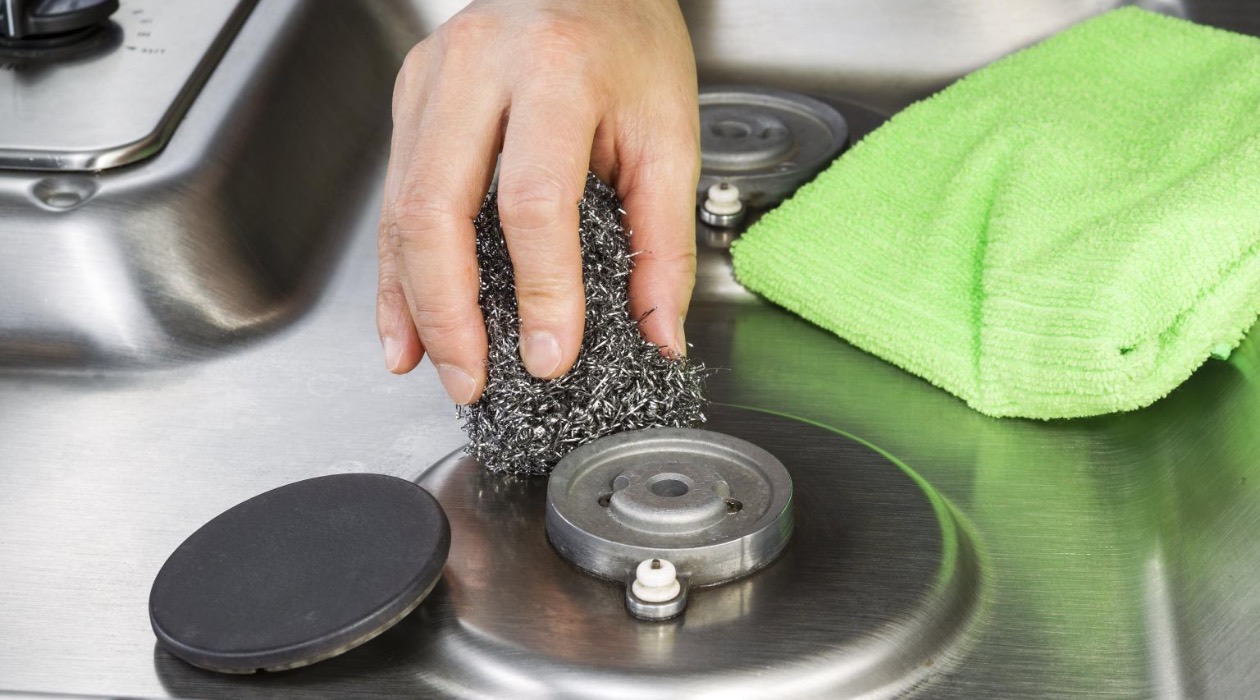
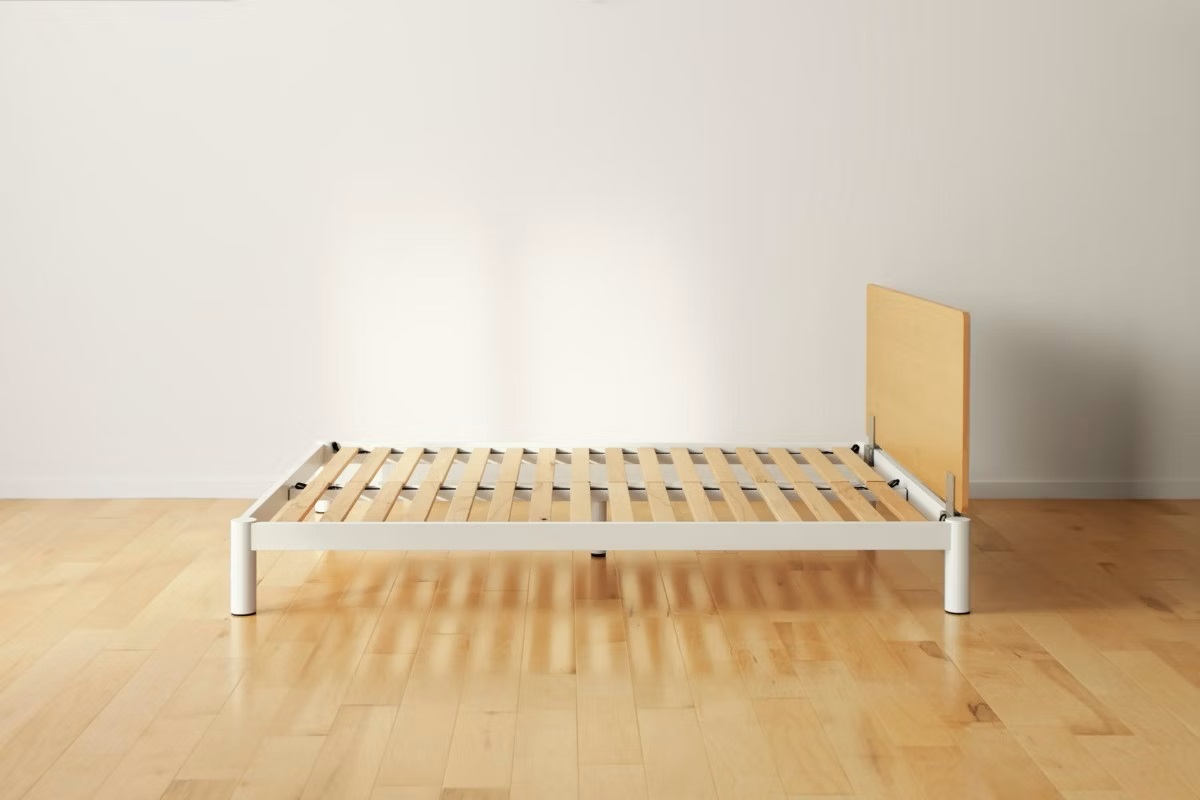
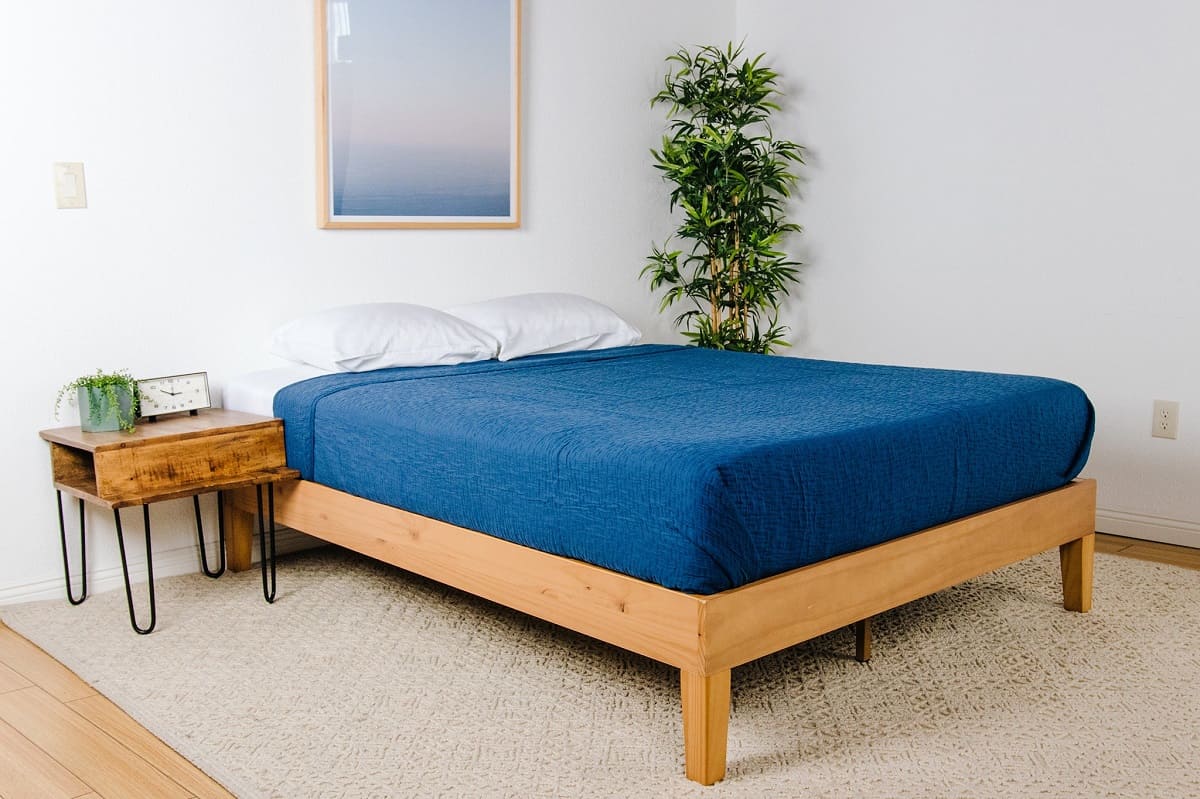
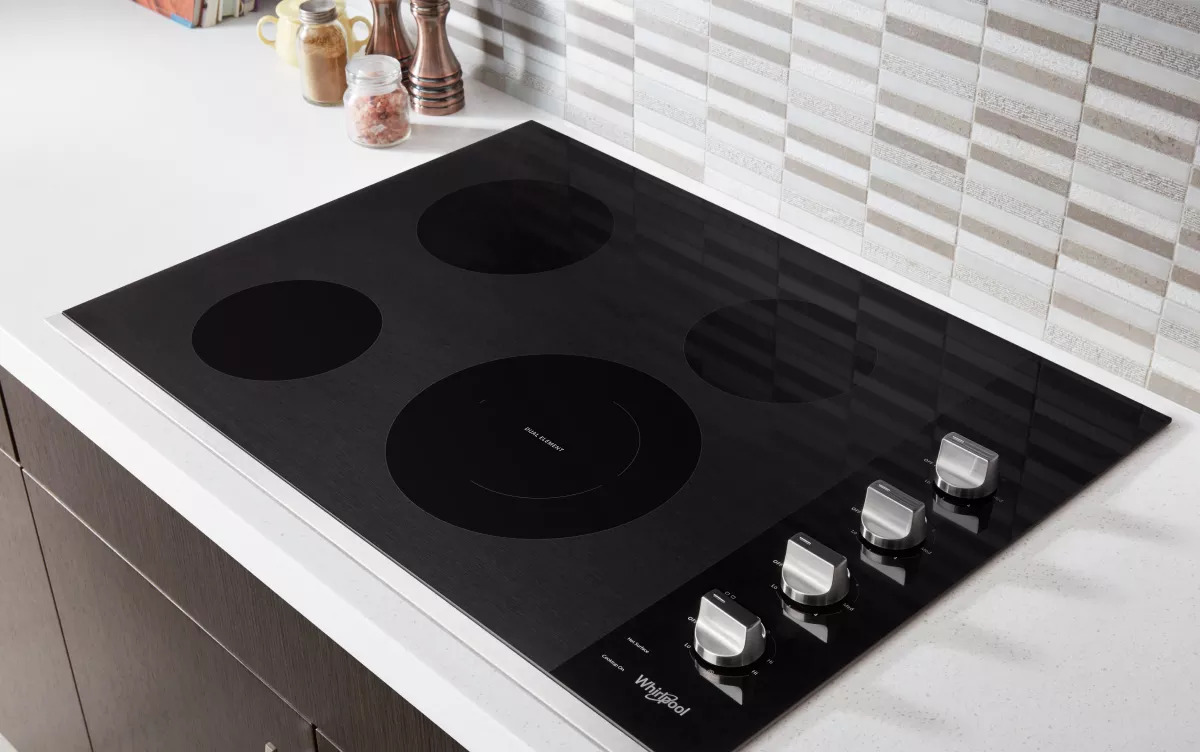
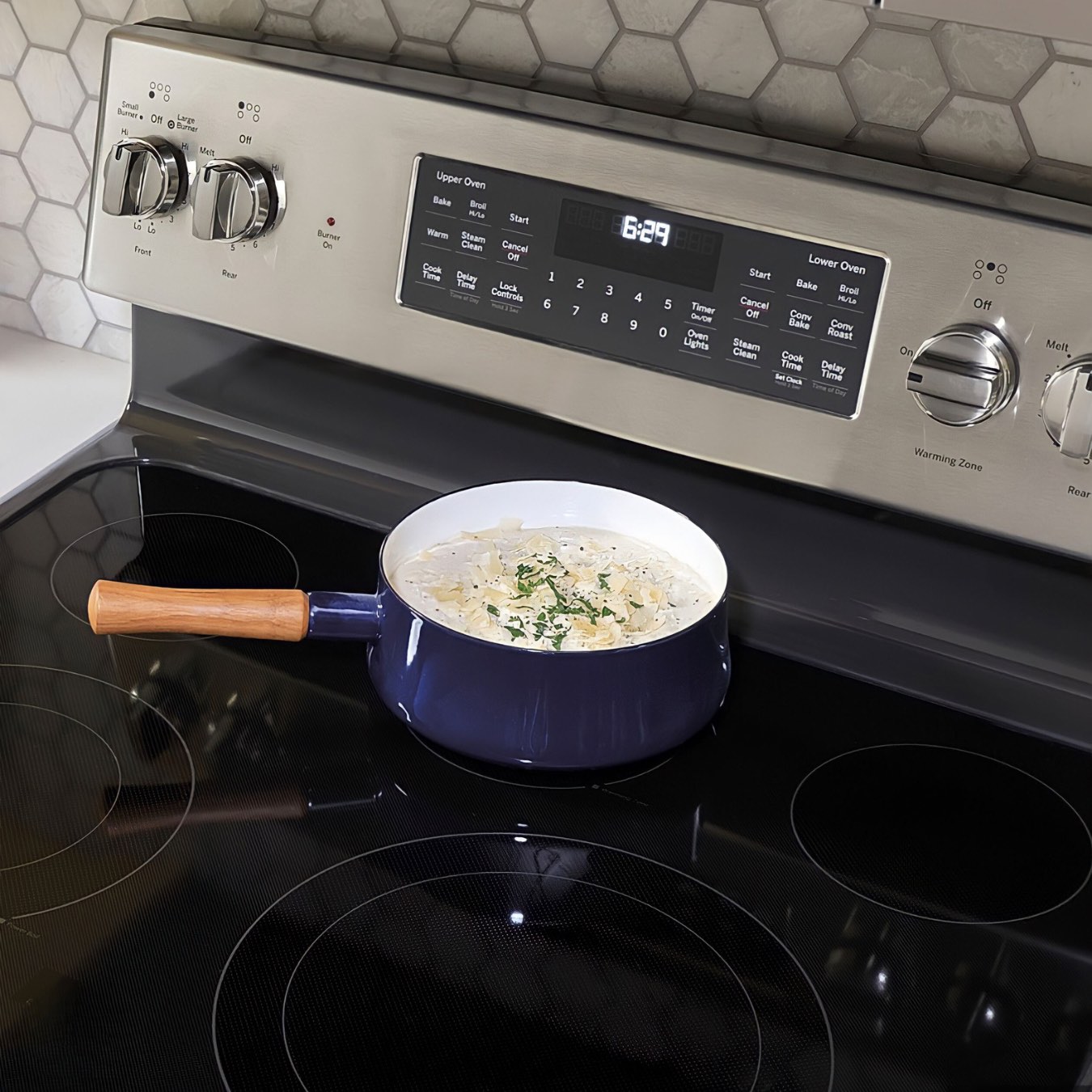
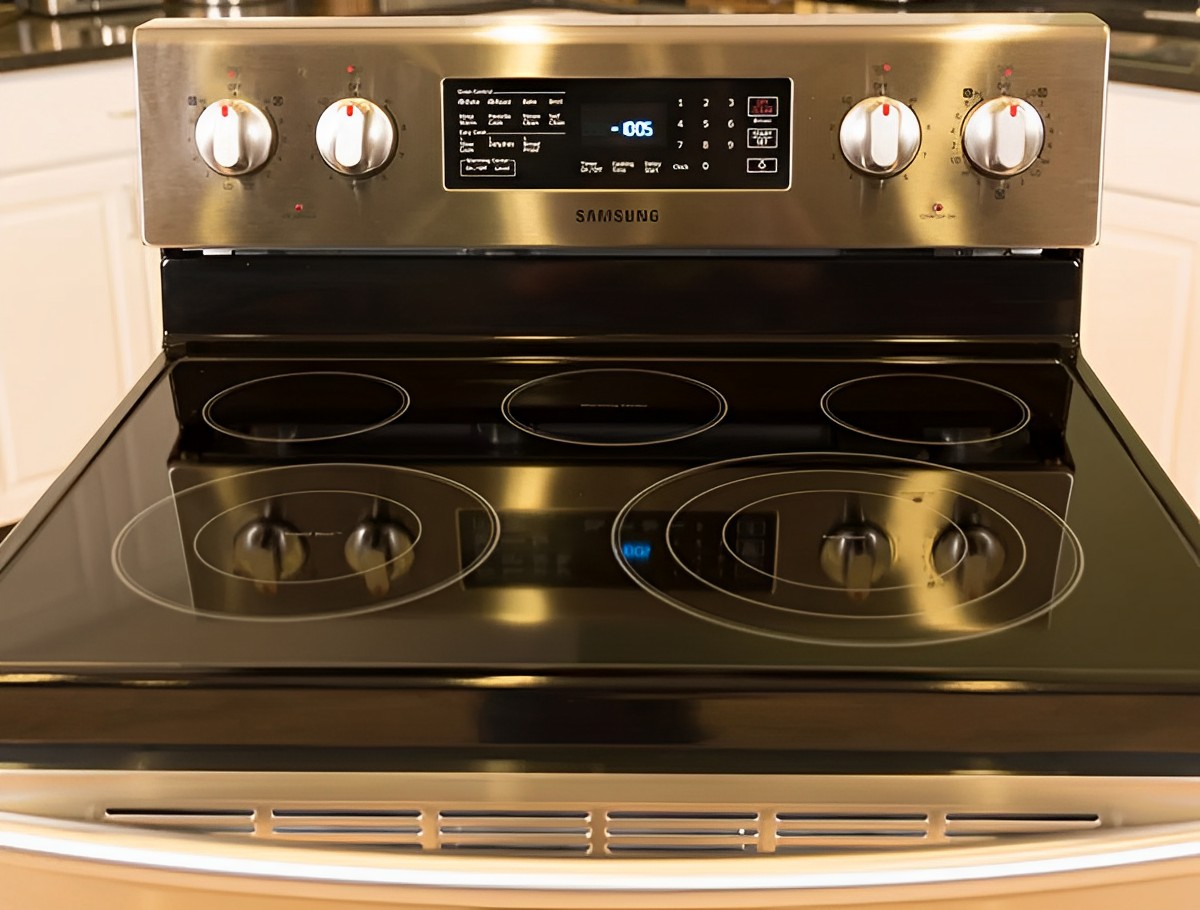
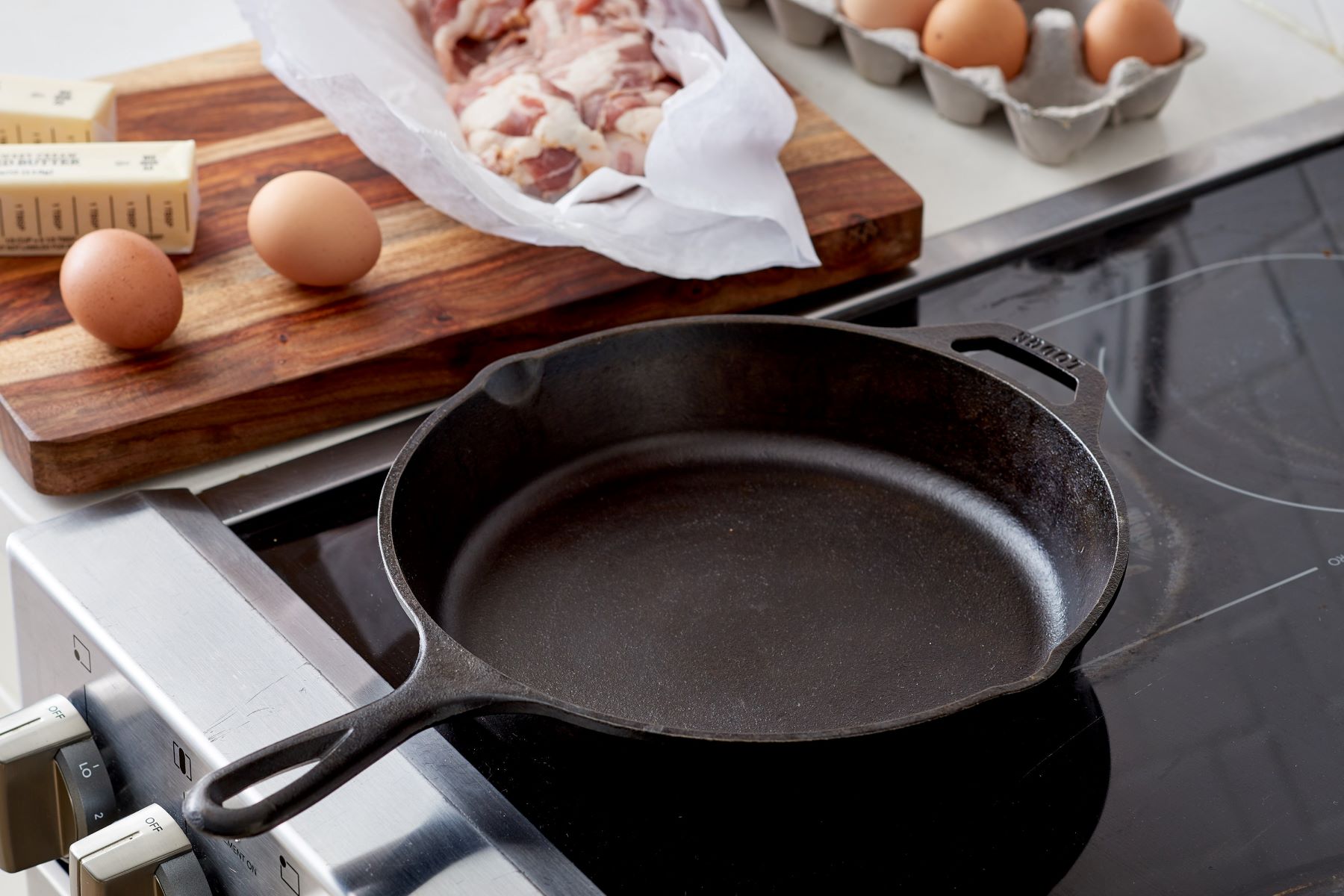
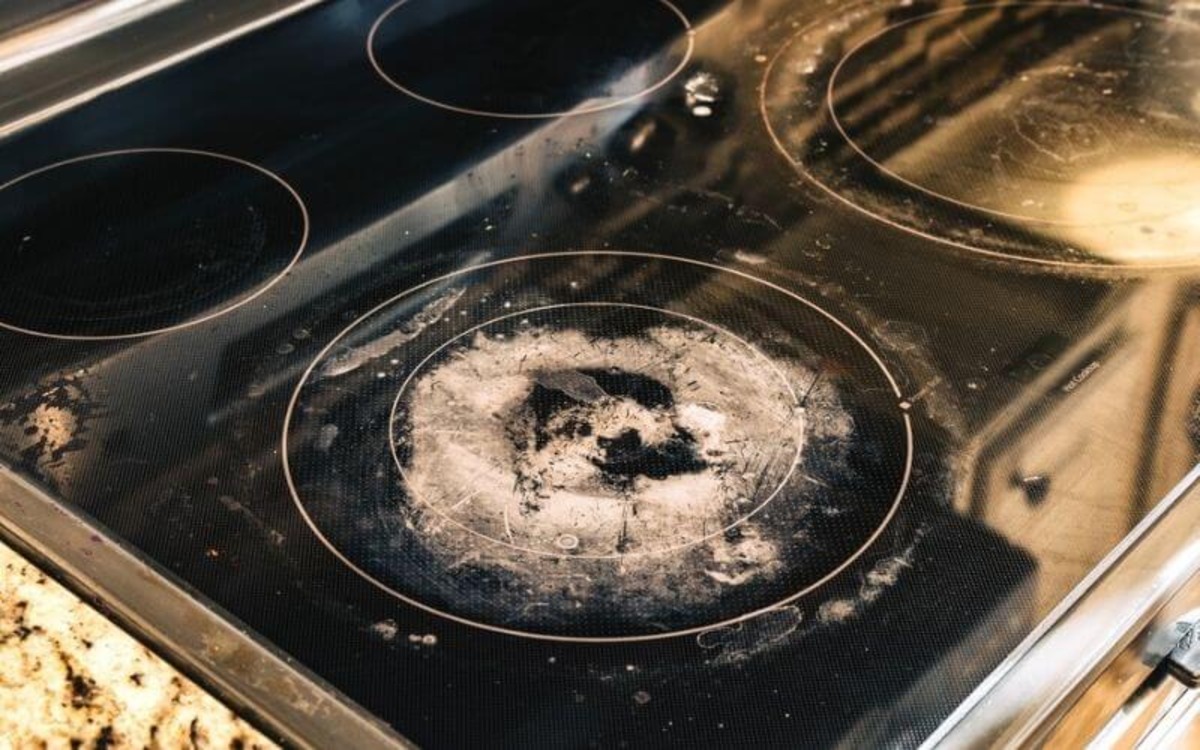
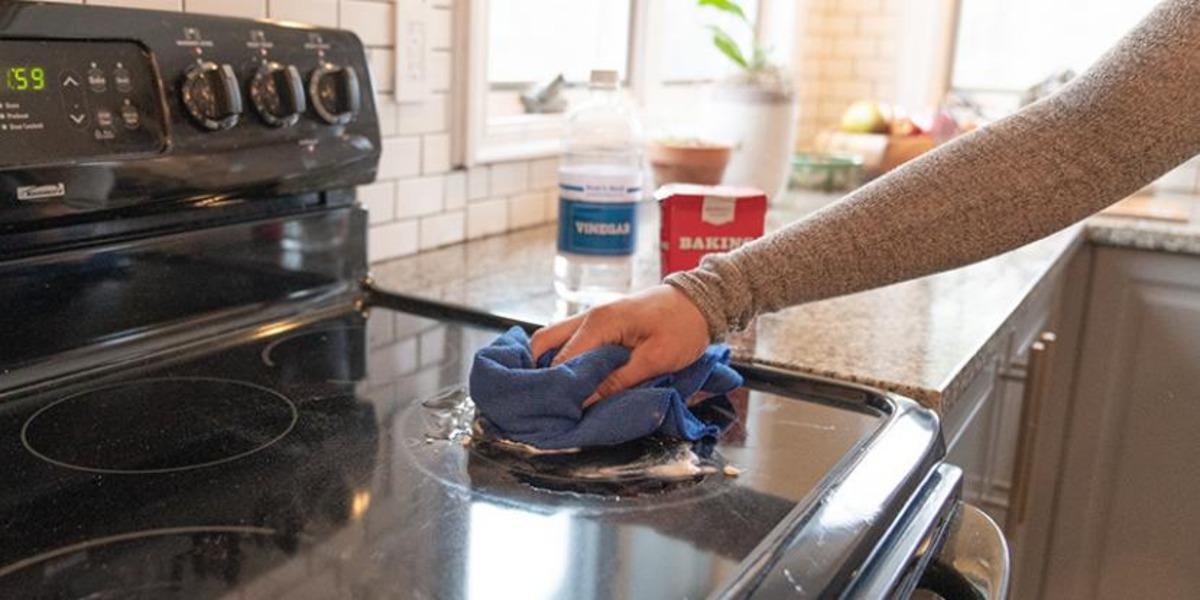
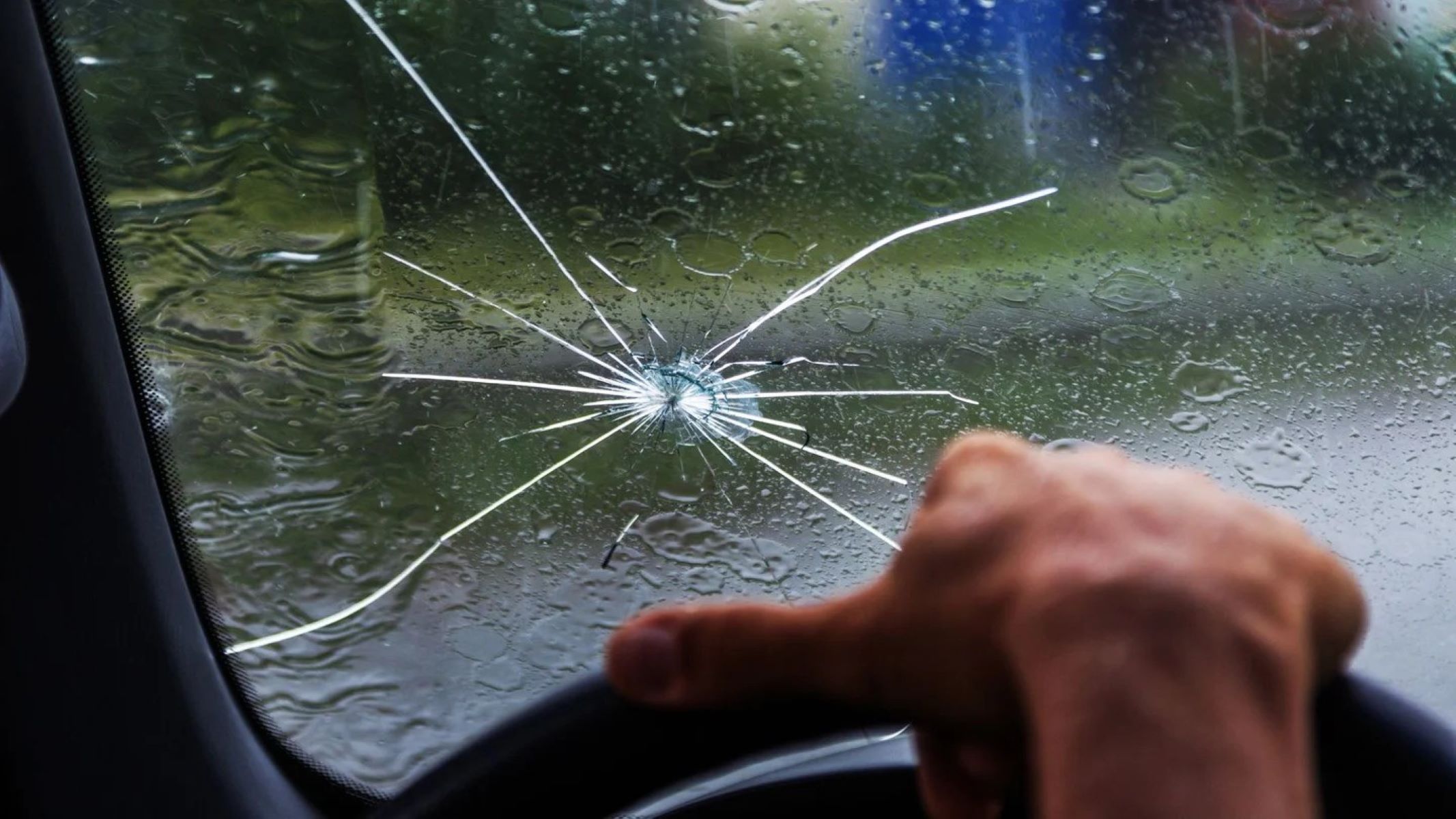
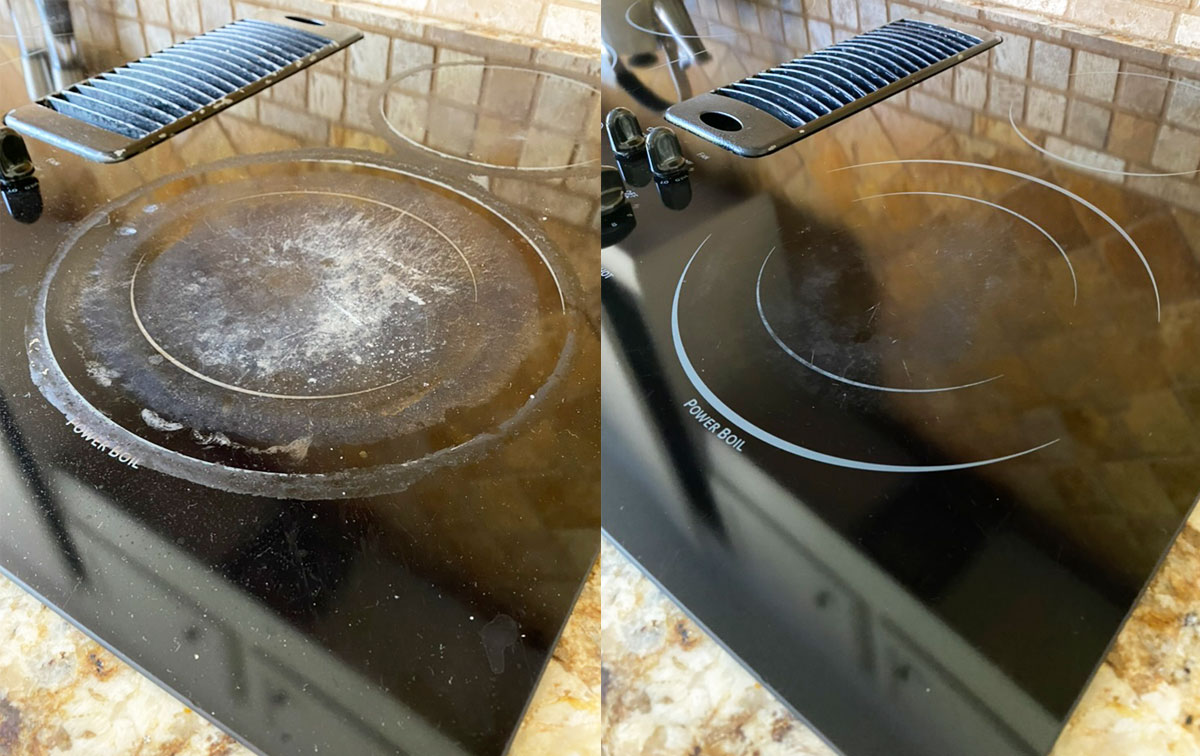
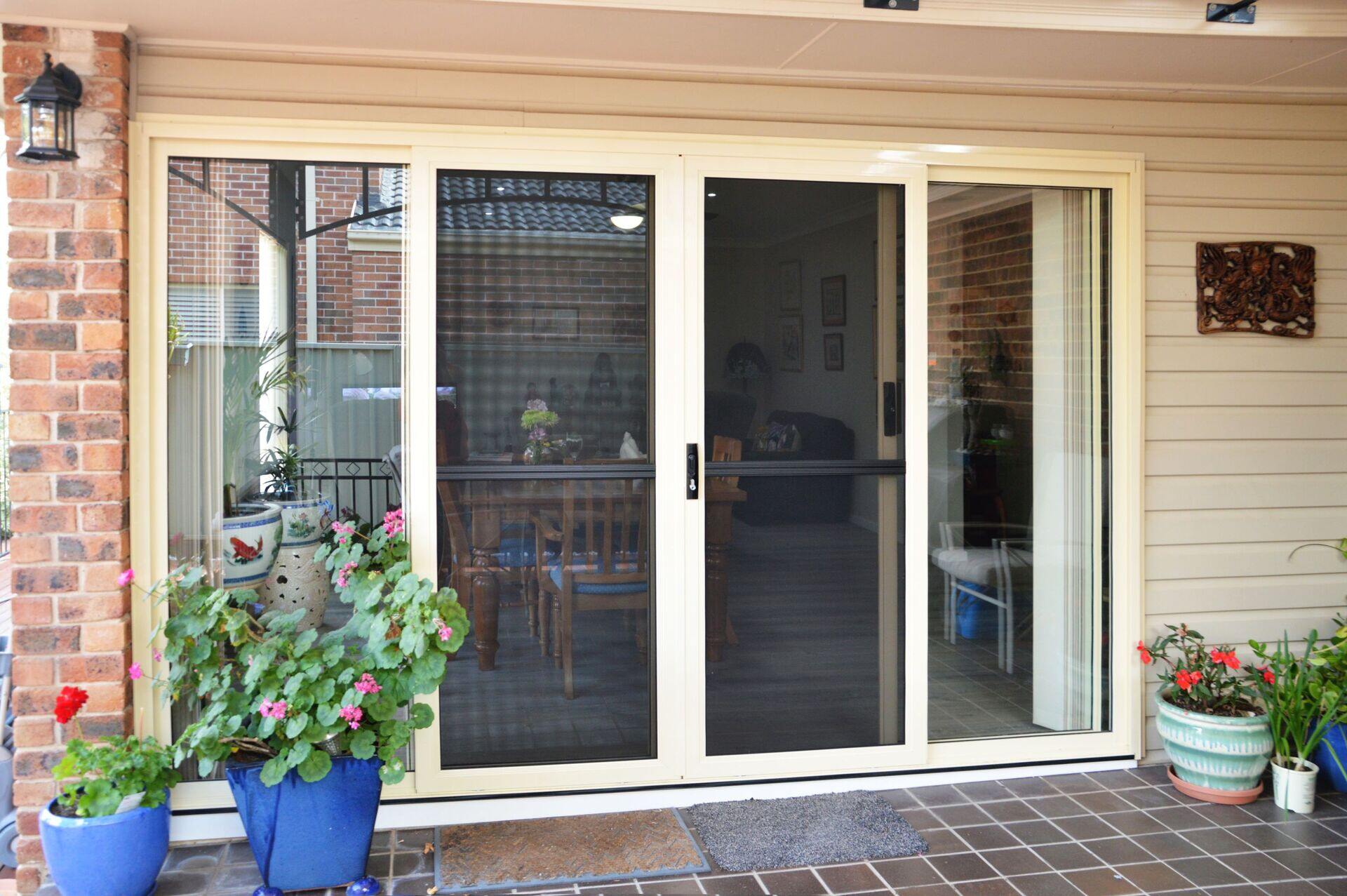

0 thoughts on “How To Stop Pans From Sliding On Glass Top Stove”